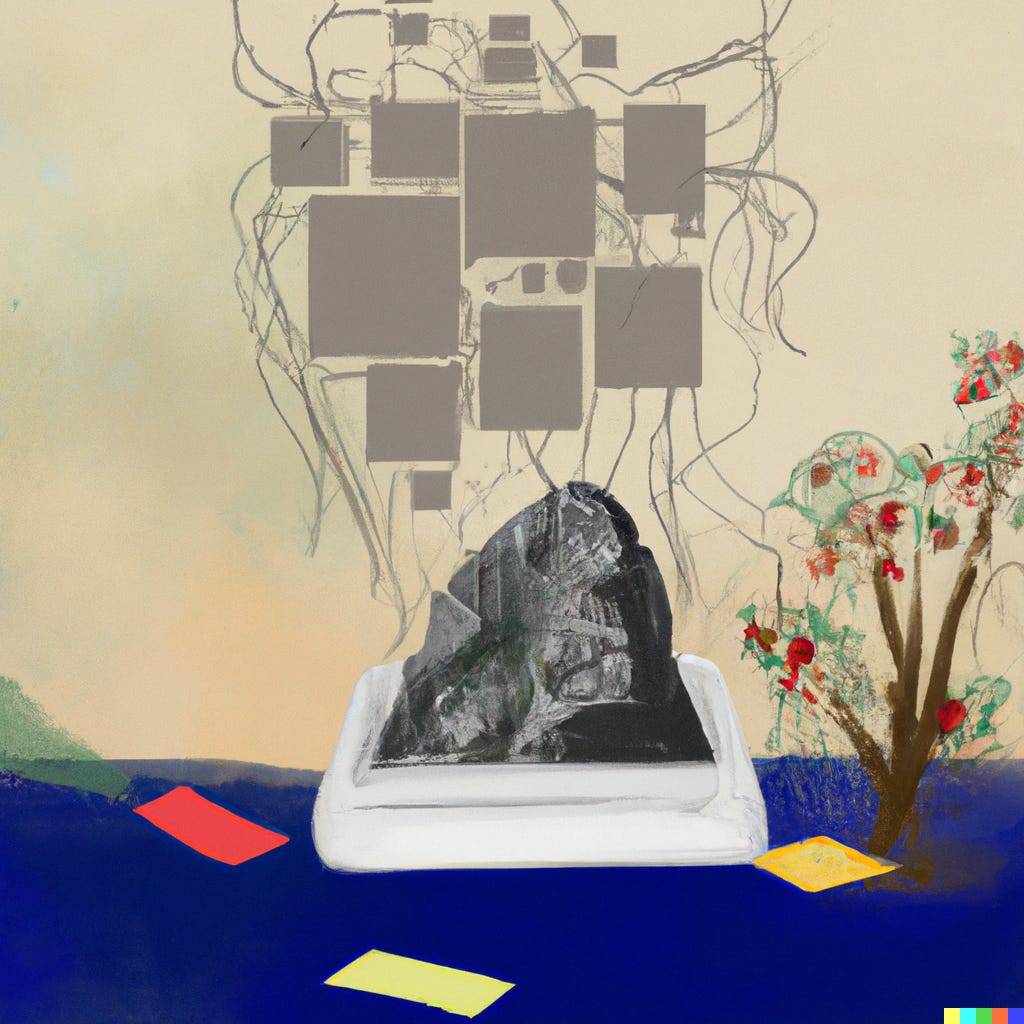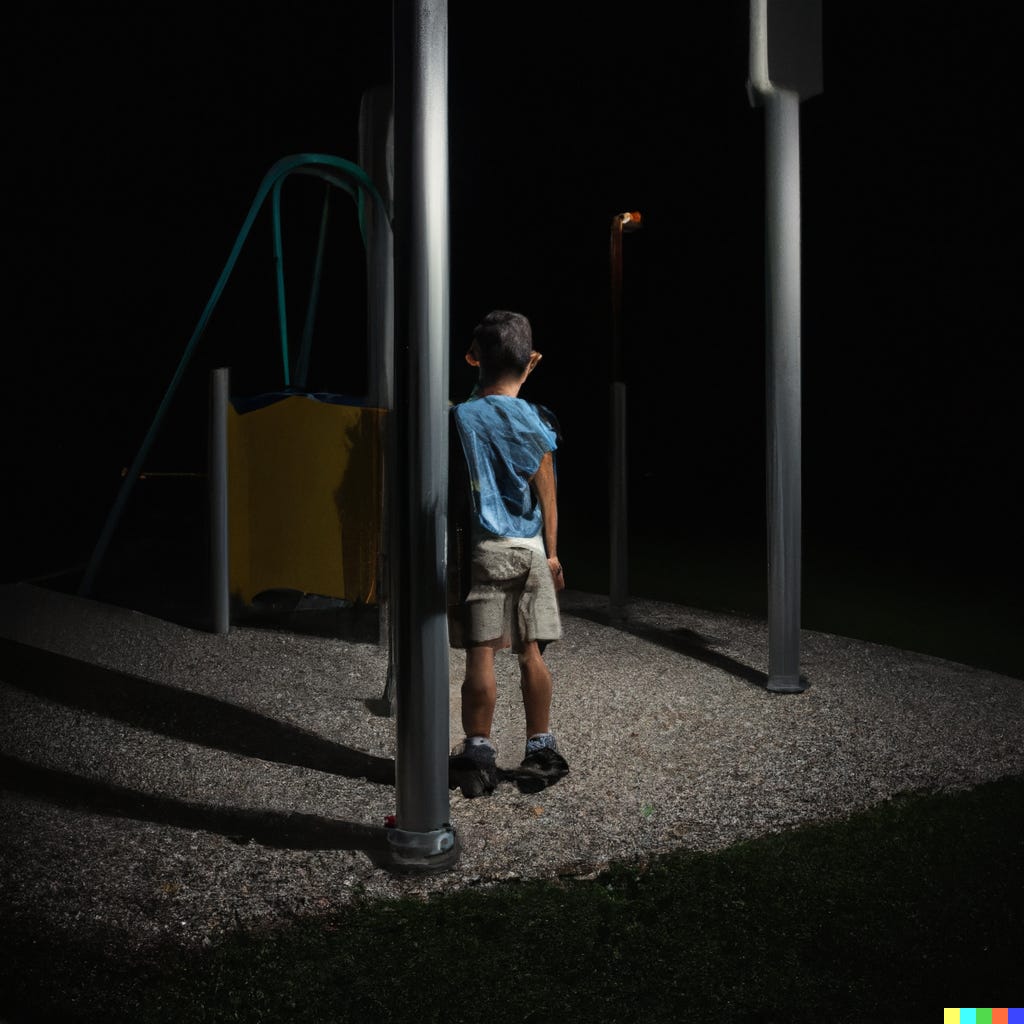The Formation of False Memories
The Formation of False Memories
I talked to a girl once who told me that she dreams a lot—almost every night she sleeps, she dreams. I told her I rarely dream now, and that reminded me of an Earl Sweatshirt song with Frank Ocean. In this song, Earl talked about how all his dreams got more vivid when he stopped smoking pot. You might be thinking, "How do dreams and memories relate?” I mean, how tf do they actually relate. A growing body of research reveals that the memory consolidation that occurs when we sleep has an impact on our dreams. After encoding newly created memory, traces are gradually stabilized and rearranged into a more durable type of long-term storage (NLM, 2016).
False memories can be formed through various methods, such as suggestion, imagination, and social influences. One common method is through the use of leading questions or misinformation, which can distort an individual's memory of an event. Another way false memories can be created is through the power of suggestion and imagination, such as by repeatedly suggesting to an individual that they experienced a certain event or vividly imagining a false scenario. Finally, social influences, such as hearing a story from a friend or family member, can also contribute to the formation of false memories.
Now that you have an idea of what false memories mean, I will like to explain more about the research part of this. Experimental psychologists have been studying how and why memory fails for the majority of this century. Memories don't just live in a vacuum, as Greene so eloquently pointed out. Instead, they constantly interfere with one another via a method we call "interference" (Elizabeth F Lotus, et al..). Numerous studies have shown how events from the past (proactive interference) or the future (reactive interference) can interfere with our memory (retroactive interference). Retroactive interference effects have received the majority of attention in relatively recent interference theory research. People make mistakes when they report what they saw or thought they saw after receiving new information that is in some ways misleading.
This article, or maybe a “pseudo research study” is meant to explain and detail converging ideas from fiction (Dr Ana stelline in BR 2049) and highly researched work on implanted memories. I will explain with personally made-up case studies and structured experimental thought.
Lost Boy in the playground
Abdul 24, has been having recollection of dreams of a memory that occurred when he was 9. He was meant to be playing at playground in the city park with his friends when he noticed one of his toys was missing. He saw a path towards finding out where his missing toy was. When he got to the scene he thought he left the toy or believed the toy should be, he saw a lifeless man with blood gushing out of his body. Abdul saw a black man holding a sort of black object run thoroughly in opposite direction of this dead body, while not entirely seeing his face, Abdul now doubts what he knows/thought he knew. From a recollection of dreams.
Apparently this man Abdul saw became the main suspect of the police investigation and while everyone probable enough was being questioned, Abdul was asked what he saw and the man he briefly saw matched the description of the main suspect with emphasis on the object. This became part of the evidence that effected the murder conviction of this man. Abdul after many years still can’t fully decode what he saw or believed he saw. Was the man running away from the crime scene or just running, what exactly was he holding and were there other people in the scene? Some of these questions blurred his mind for years.
What really happened?
On the day of the murder, Abduls' uncle Ara was his guardian. Ara had a homicide planned, and he wanted to make Abdul remember a certain version, enough to let him get away with it. How did he do it? This will be explained in 5 timelines mastermind by Ara to use Abdul’s memory to corroborate the identity of the suspected killer
Timeline 1
Ara took Abdul to the playground at 4 p.m. on a Sunday evening. There weren’t too many people at the playground that day, but Abdul found some of his friends and ran to meet them. At 5 p.m., Ara knowingly hid Abdul’s favorite toy and distracted him with a new, shinier one to take his attention away for a few hours so he could play with his friends with the new toy(s).
Timeline 2
Ara knows that whenever he wants to pique Abdul's interest in the toy, he knows the exact words to say and convey to him through an untraceable source. Ara wants to murder a young businessman he knows and needs to frame his friend (Dapo), who is also friends with the businessman, for the murder.
Timeline 3
Ara got a killer who looks like his Dapo to do the killing and anonymously hinted to the person he framed that his friend (the businessman) was in danger at a particular location and should come with any weapon. The friend, knowing how his own friend (the businessman) has some enemies, believed the call and took a fast drive to the playground.
Timeline 4
Knowing how close his friend’s house is to the playground, Ara told the killer to kill the businessman at 7 p.m., when it’s dark enough, and the killer’s vague description was witnessed by two people. Abdul and a playground attendant. When the friend arrived, Ara let the playground attendant know by hinting to one of Abdul’s friends about the details of where Abdul’s missing toy was. Immediately Abdul heard it, his attention shifted, and he ran to the location he heard, because it was getting dark, The playground attendant reluctantly followed. When he got there, he saw the businessman's body lying on the floor and blood gushing out.
Timeline 5
The friend, seeing the dead body and knowing he has a weapon, decided to flee the scene of the murder immediately, but that was before Abdul and the playground attendants got glimpses of him. Ara ran there later and decided to enforce the best version of what suits his plan into Abdul’s mind by asking direct, misleading questions to model the glimpses Abdul and the playground attendant saw as similar to those of Dapo.
Abdul believed, the playground attendant believed, and the police also believed because of previous violent outbreaks between Dapo and the businessman. Ara convincingly planted a memory in Abdul’s mind to confirm his own belief in the killer and make a better corroborated story.
How has science helped with false memories?
To conclude this article, I will like to explain how false memories have been identified with technology, constant research, and science .
In a 2007 study, Duke University researchers discovered that when participants remembered something that had genuinely happened to them, blood flow in their medial temporal lobes rose. The hippocampus, which is located in this region of the brain, is crucial to the development of long-term memory. The frontoparietal region of the brain was stimulated instead when the subjects believed their recollection had occurred but it hadn't. Ara knew that quick inferences are the brain's technique of protecting itself against hazards because the brain can't always analyze information at the rate it is getting it so he came in at the right time to enforce the memory of the incident in Abdul’s mind.


